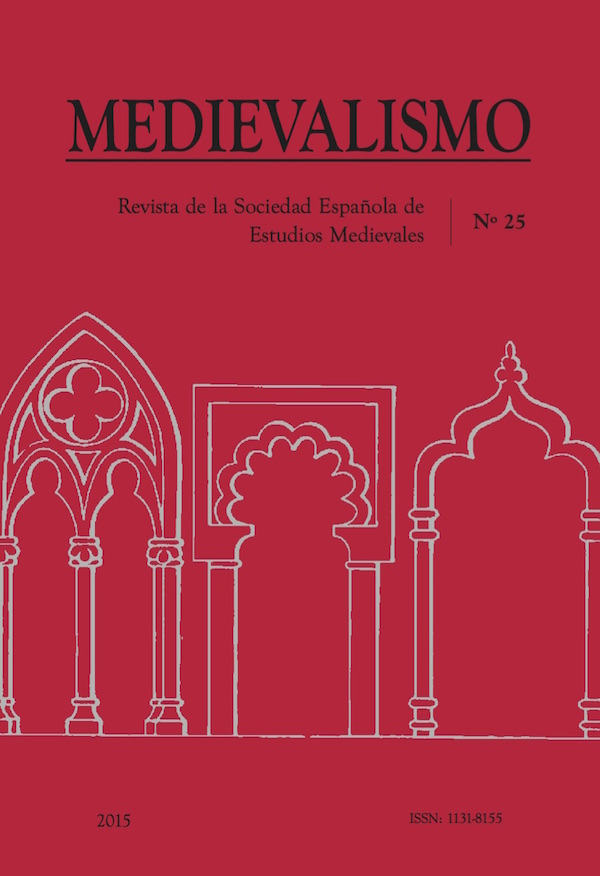Huellas del poder: pizarras y poblados campesinos en el centro de la península Ibérica (siglos V-VII)
Abstract
The aim of this paper is to analyze the social significance of post-Roman inscribed slates (5 th -7 th centuries). The study of the archaeological contexts of those slates uncovered in the central areas of the Iberian Peninsula has been carried out to better understand their function. As a result, we can see there is a clear tendency of linkage between the concentration of slates and those places controlled by local elites. However, some slates have also been uncovered in rural settlements inhabited by peasants. The analysis of four case studies –with particular emphasis on the site of La Genestosa (Casillas de Flores)– concluded that these slates must be considered as signs of power.
Downloads
-
Abstract506
-
PDF (Español (España))512









